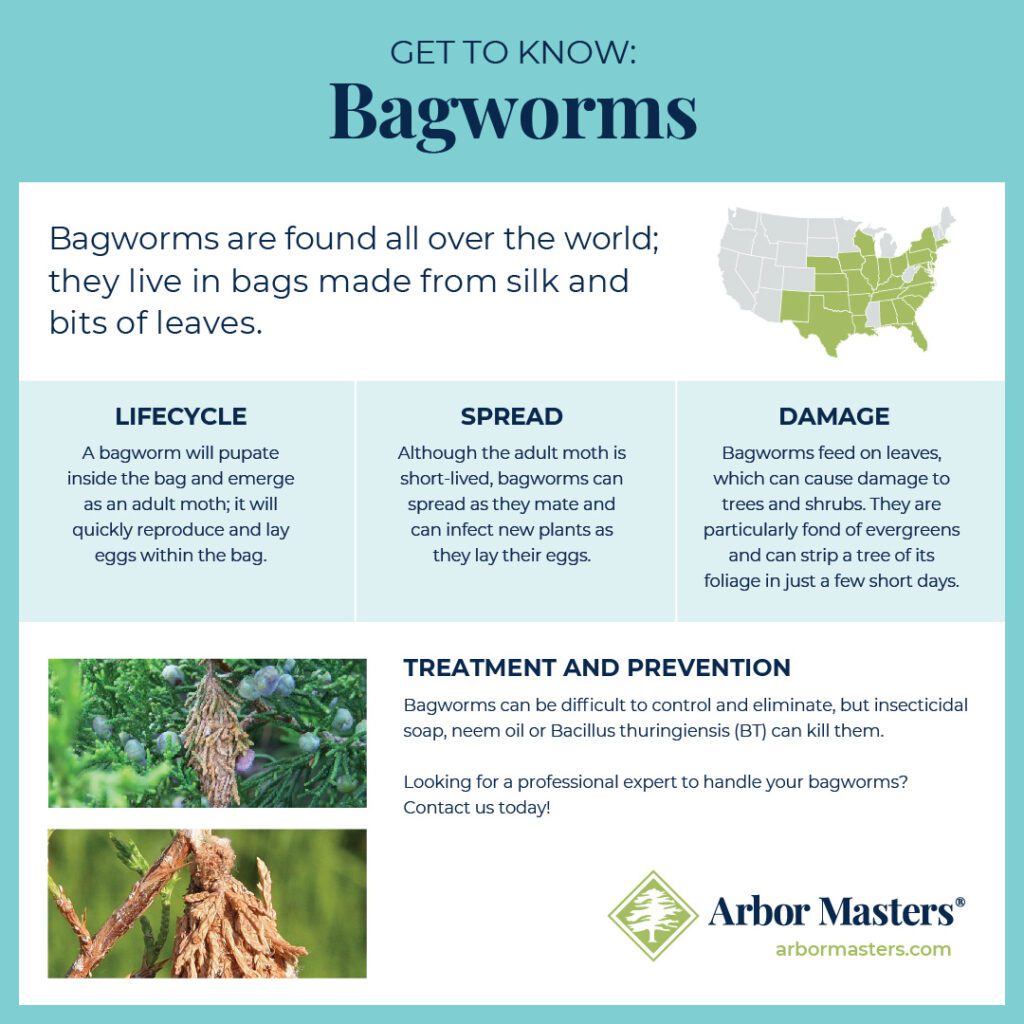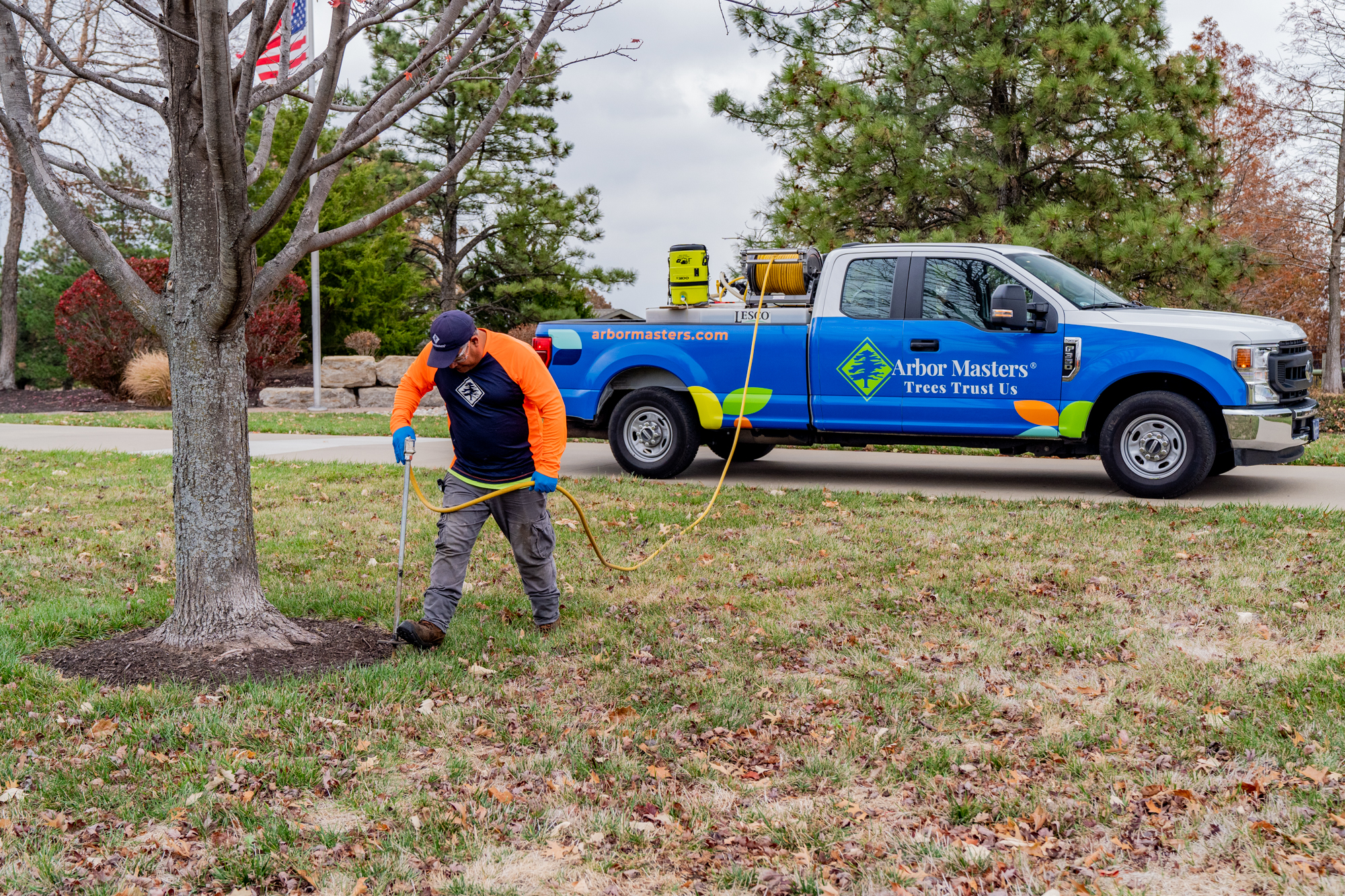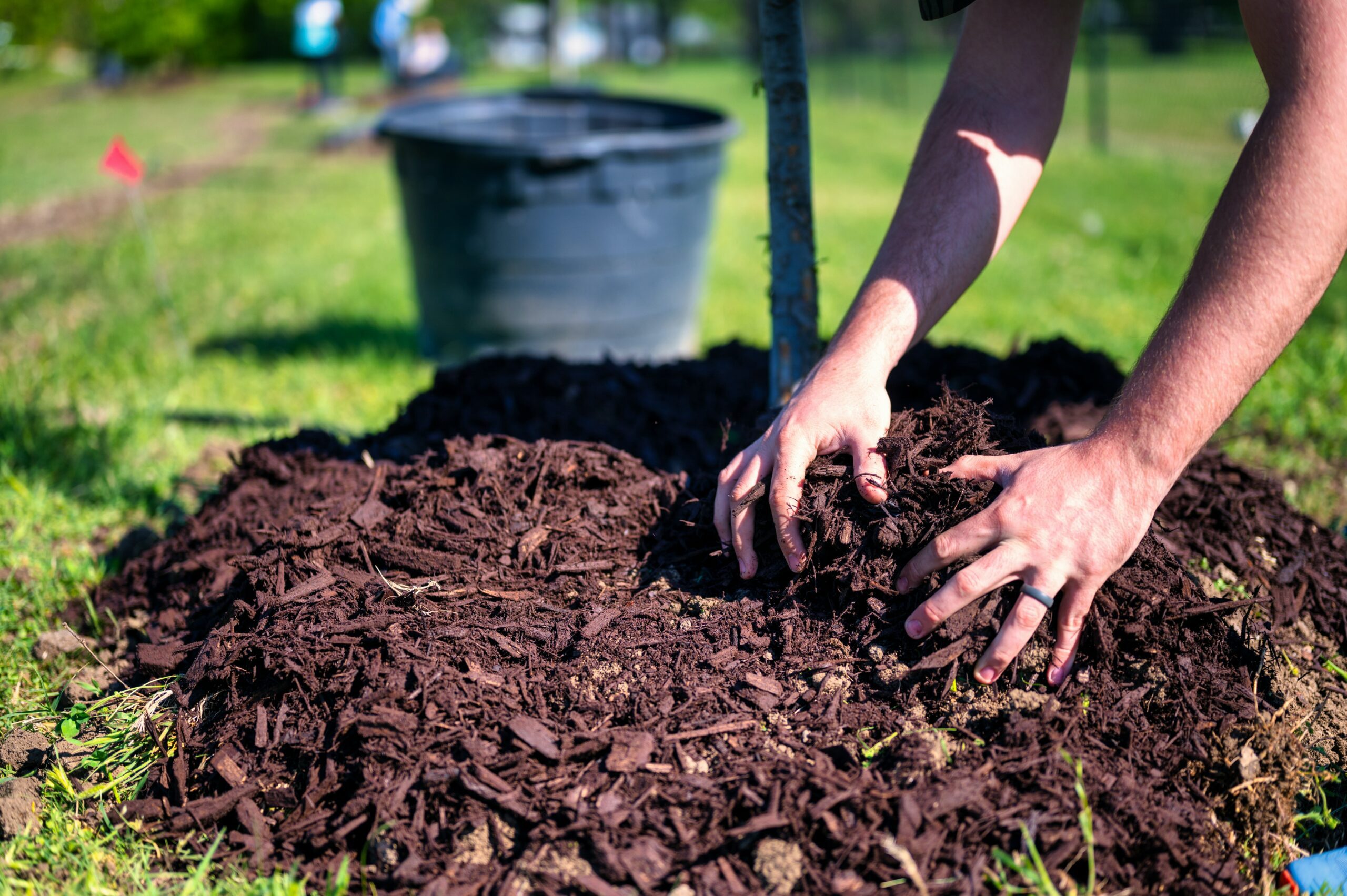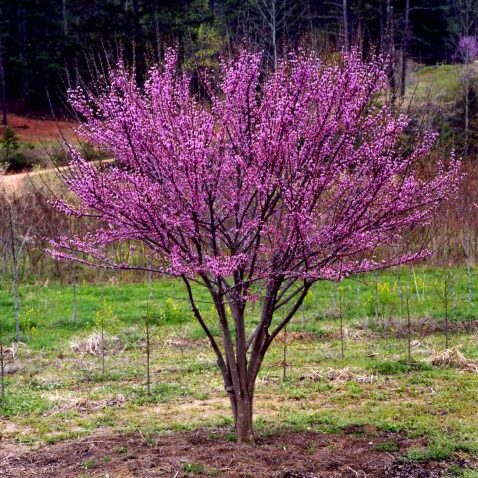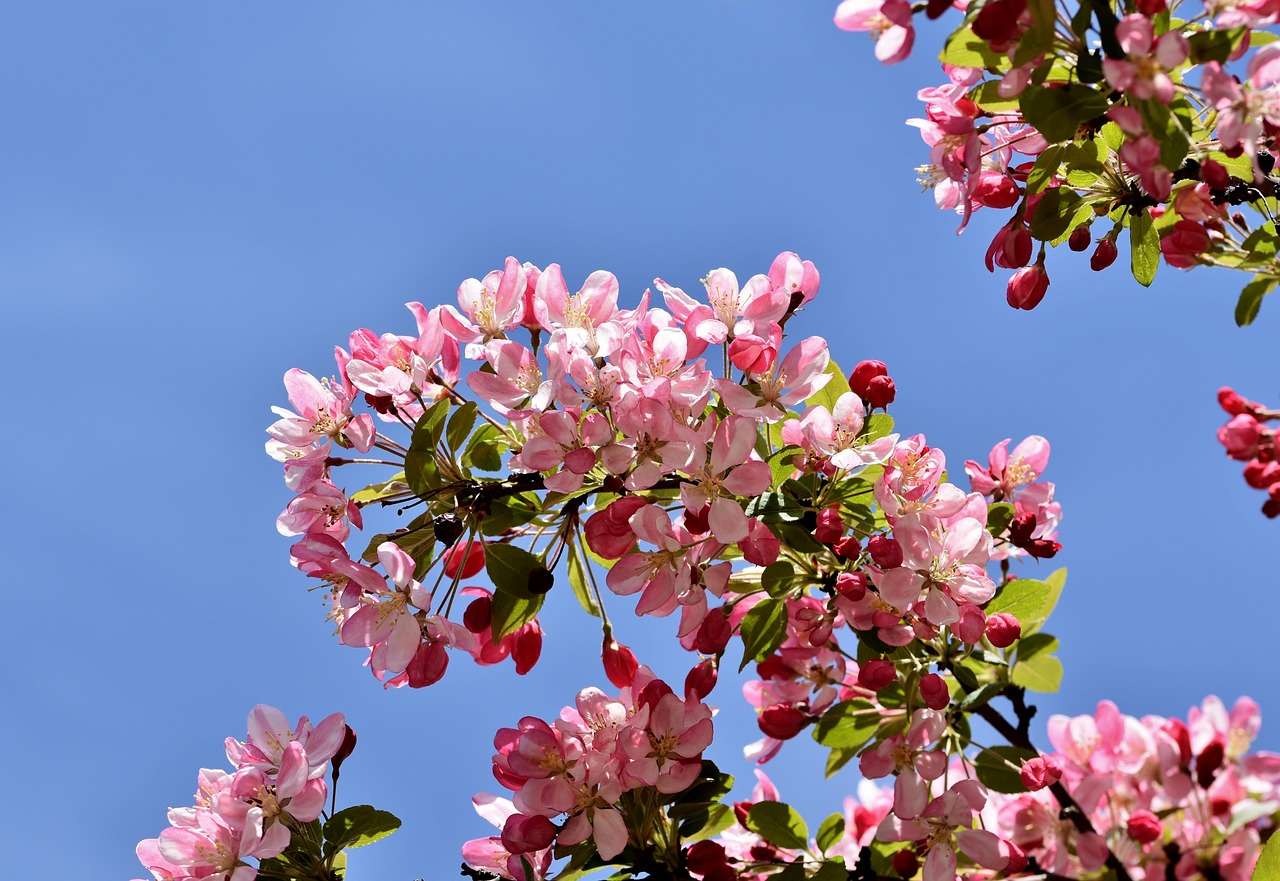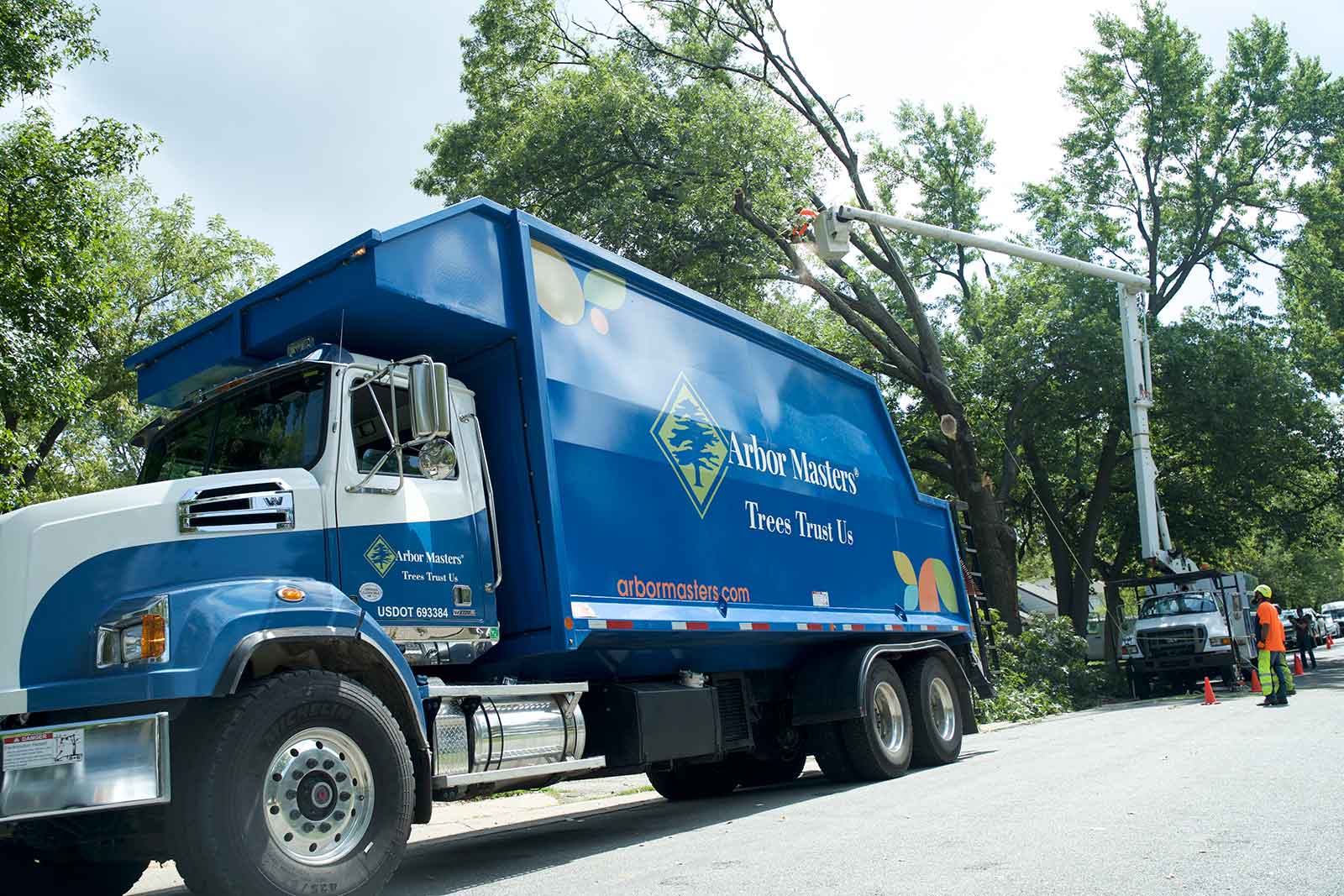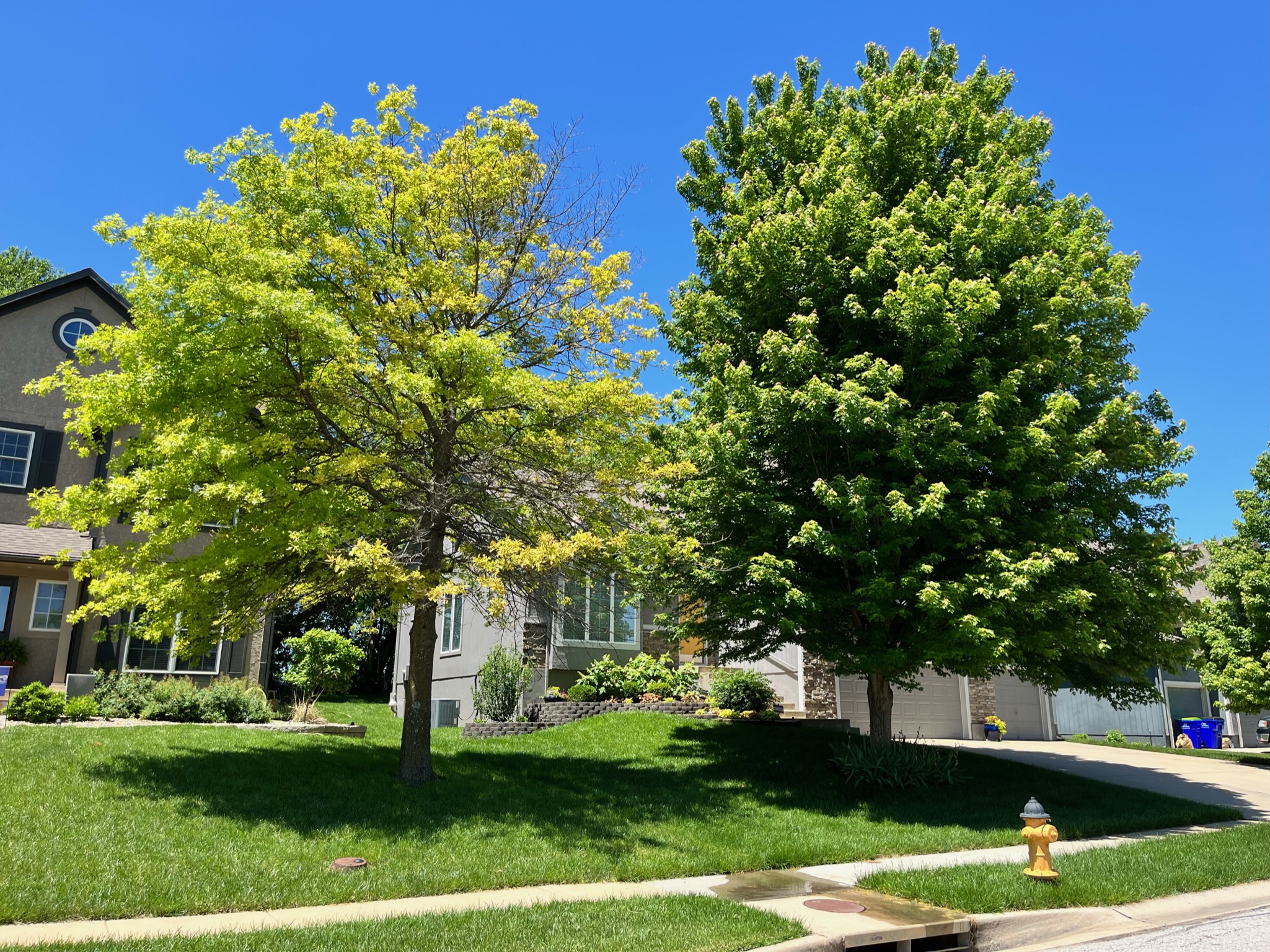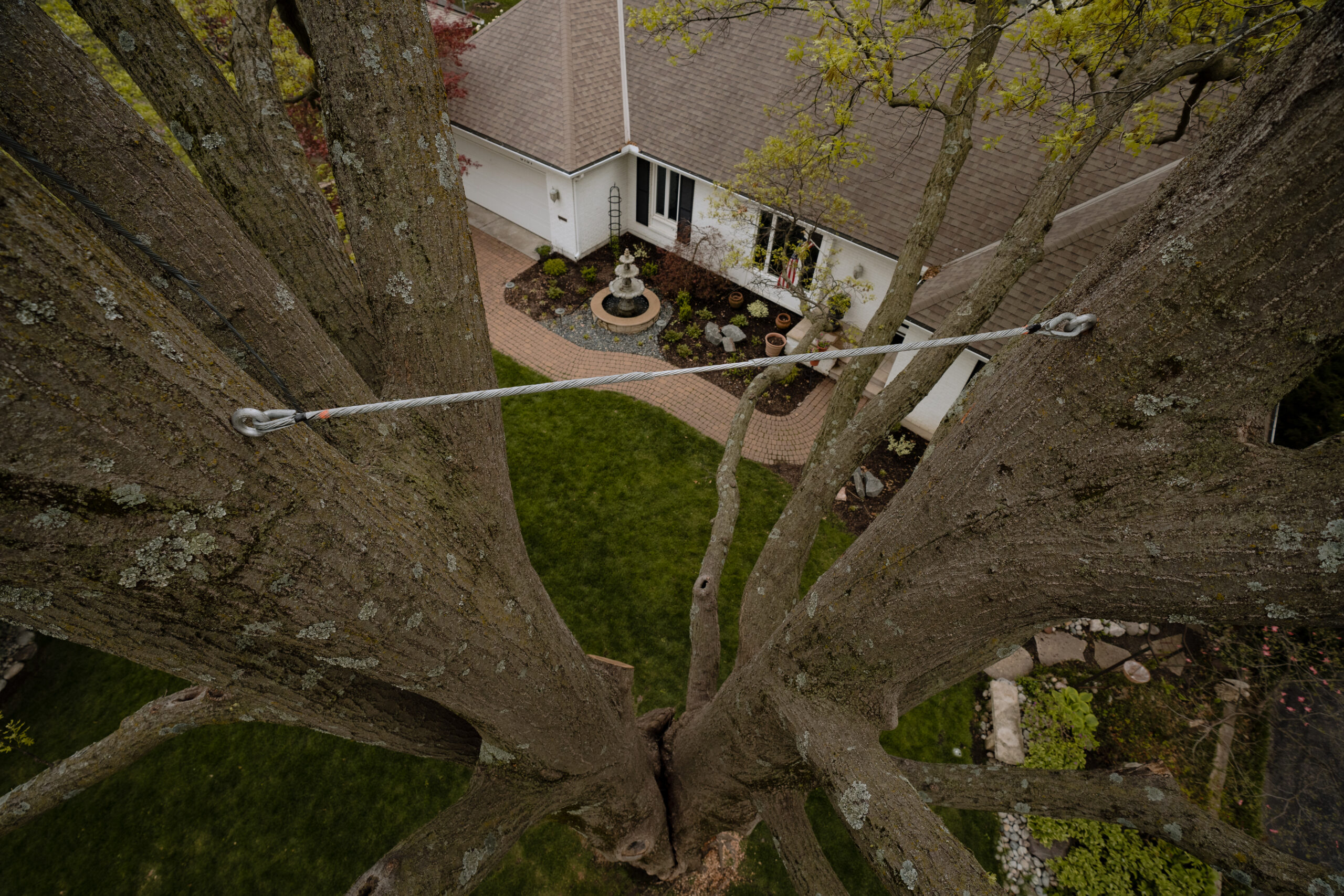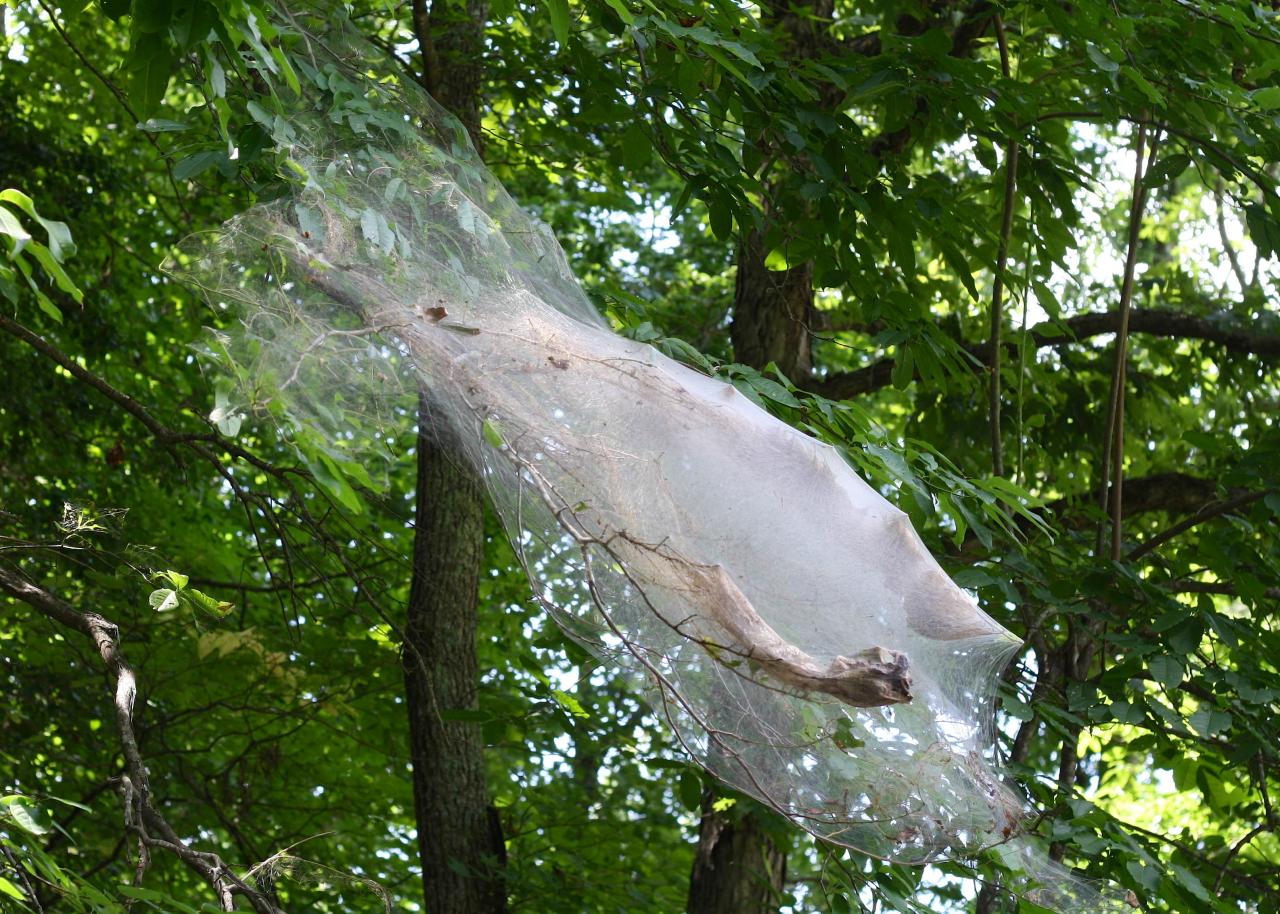What are bagworms?
Bagworms are a type of moth that live in bags made from silk and bits of leaves. A larva grows inside this bag by feeding on leaves, and it attaches its bag to tree branches or other surfaces using silken threads. The bags are brown or green in color and can reach up to 10 centimeters in length. Bagworms themselves are small, with adults measuring only a few millimeters in length. When fully grown, the caterpillar bagworm will pupate inside the bag, emerging as an adult bagworm moth a few weeks later. Bagworms are found all over the world, and while they can be a nuisance to gardens and crops, they generally pose no threat to humans or animals.
The lifecycle of a bagworm
Bagworms go through four stages in their lifecycle: egg, larva, pupa and adult. They lay their eggs inside a bag, which hatch after about two weeks. After hatching from the eggs, the larvae immediately begin to build their own bags. The larvae feed on leaves as they grow, adding bits of plant material to their bag as they go. The caterpillar will pupate inside the bags. The pupa stage lasts for a few weeks, after which the adult moth emerges.
The adult moth is short-lived, surviving for just a few days to mate and lay eggs. Females lay as many as 1,000 eggs during their brief lifetime and can produce several generations per year, with each generation causing increasing damage to plants.
What damage do bagworms cause?

How do you get rid of bagworms?
It’s important to take action if you see them on your trees or plants and reach out to your team at Arbor Masters to help.
Arbor Masters is proud to share a new treatment option that will treat bagworms, web worms and Japanese beetles. The product has a residual of several weeks, so it protects the tree or bush for 3-4 weeks under certain conditions. We recommend at least two rounds to get coverage through the season. Lastly, it is safe for bees, which is very important to our ecosystem.
Acelepryn® insecticide provides season-long control and works with low impact on beneficial plants and trees.
Are bagworms harmful to humans?
No, bagworms are not harmful to humans. However, they can cause significant damage to trees, shrubs and other plants. If bagworms are a serious problem in your area, you may need to contact a professional pest control company for help.
Looking for professional experts in handling your pest problem? Reach out to your team at Arbor Masters today.

